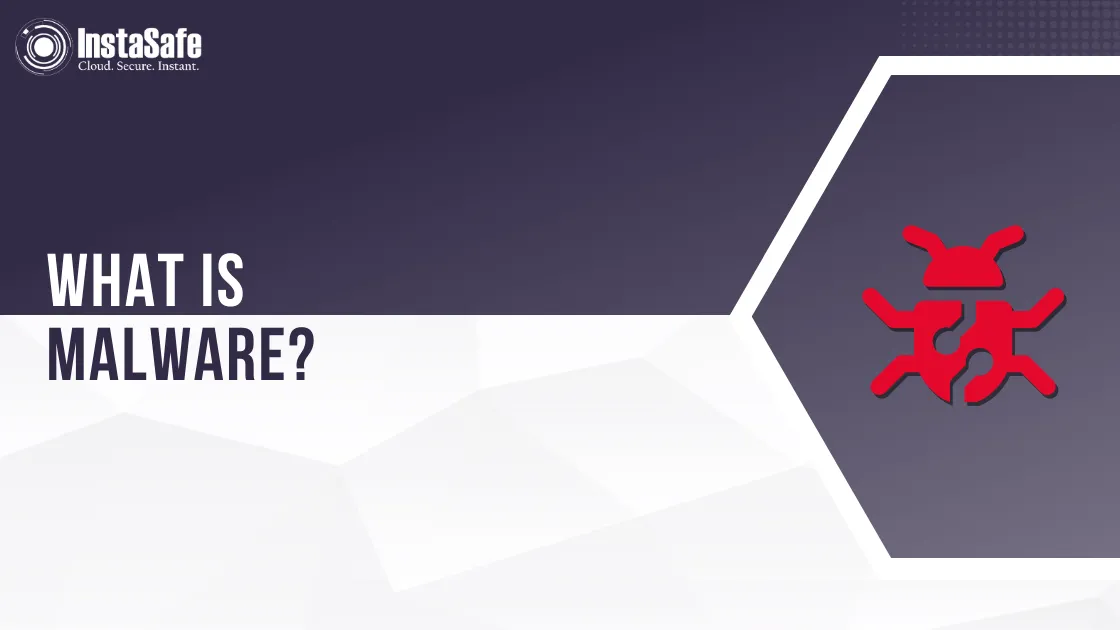What is Malware?

Malware, short for vicious software, is a broad term used to describe any software that's designed to refer to a computer, device, or network. Malware can take numerous different forms, and can be used to steal particular information, damage or destroy data, or gain unauthorized access to a system.
Malware is frequently spread through phishing emails, vicious websites, infected attachments, and other tactics that trick users into downloading or installing the software. Formerly installed, malware can perform a variety of dangerous conduct, similar to stealing particular information, locking users out of their system, or installing fresh vicious software.
Types of Malware
There are numerous different types of malware, each with its own characteristics and functions. Some of the most common types of malware include:
Contagions: Contagions are a type of malware that attaches itself to a program and replicates itself when the program is executed. Contagions can beget damage to lines, and operations, and are required to be tackled.
Trojan nags: Trojan nags are a type of malware that disguises itself as a licit program and tricks users into downloading and executing it. Once executed, Trojan nags can allow hackers to gain unauthorized access to a system.
Ransomware: Ransomware is a type of malware that encrypts lines on a user's computer, making them unapproachable until a ransom is paid to the hacker.
Spyware: Spyware is a type of malware that's designed to catch on a user's confidential details and steal particular information.
Adware: Adware is a type of malware that displays unwanted announcements on a user's device, frequently in the form of pop-ups or banners.
Rootkits: Rootkits are a type of malware that hides on a system, making it delicate to spot and remove. Rootkits can be used to gain unauthorized access to a system or to hide other vicious software.
Guarding Yourself against Malware is essential to insure the safety and security of your particular information and data.
Then are some tips to cover yourself from malware:
Use Antivirus Software: Antivirus software is designed to descry and extract malware from your device. Install and regularly update antivirus software to cover yourself from these pitfalls.
Keep Software Up to Date: Malware frequently takes advantage of vulnerabilities in the software to infect the system. Keep your software up to date to insure that these vulnerabilities are covered.
Use Strong passwords: Use strong, unique passwords for all of your accounts to help unauthorized access.
Be Careful with Dispatch Attachments: Malware is frequently spread through attachments. Be conservative when opening attachments, and only open those from trusted sources.
Use a Firewall: A firewall can help block unauthorized access to your device or network, precluding malware from entering your system.
Be cautious of Suspicious Websites: Avoid clicking on links from suspicious websites, as they may lead to the download of malware.
Conclusion:
Malware is a serious trouble to the safety and security of particular information and data. With the rise of technology, it's more important than ever to cover yourself from these hazards. By using antivirus software, keeping your software up to date, using strong passwords, and being conservative with forwarded attachments and suspicious websites, you can protect yourself from malware and keep your data safe.
Key Products
Zero Trust Application Access | Zero Trust Network Access | Multi Factor Authentication | IAM Identity And Access Management | Secure Enterprise Browser
Key Features
SSO Single Sign On | Endpoint Security | Contextual Based Access Controls | Always On VPN Connection |Clientless VPN | Device Binding | Device Posture Check | Domain Joining
Key Solutions
VPN Alternative Technology | Secure Remote Access Solutions | Cloud Application Security | DevOps Security | VoIP Security Solutions
